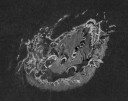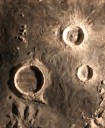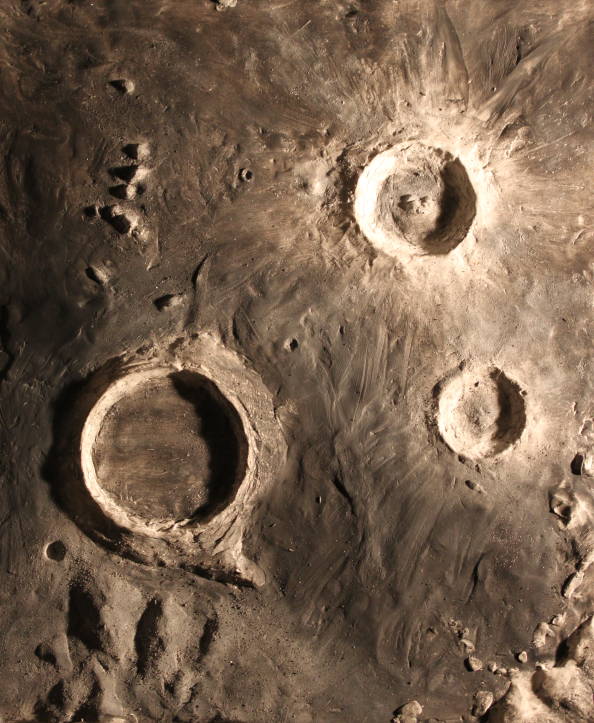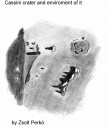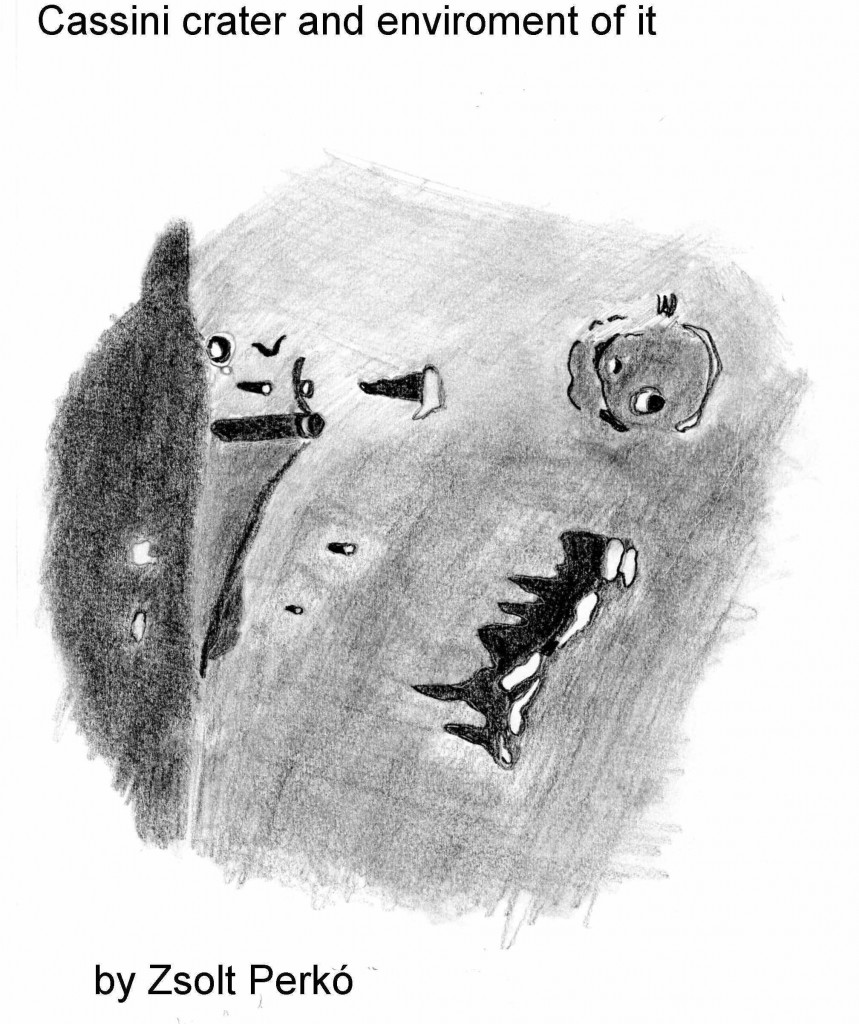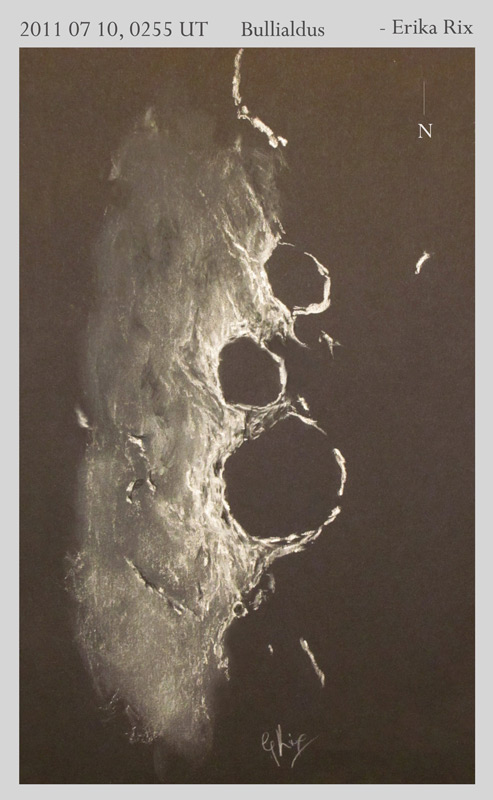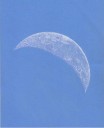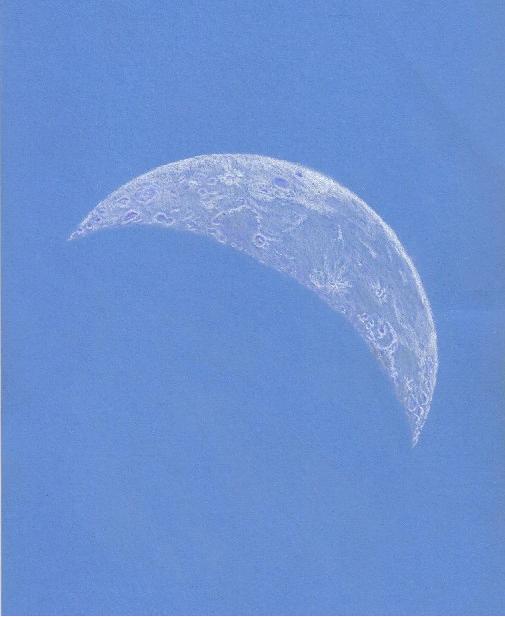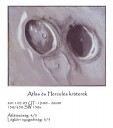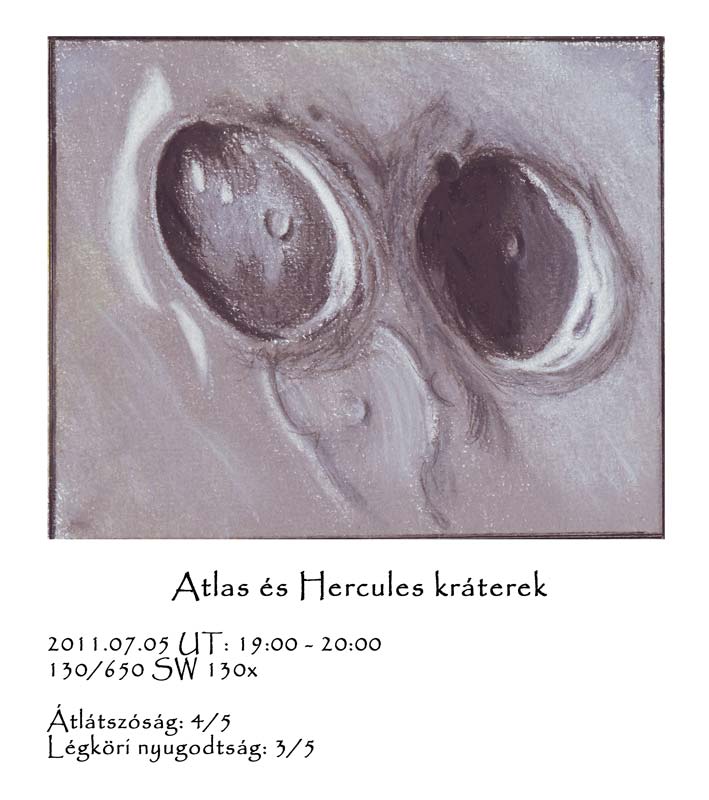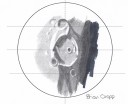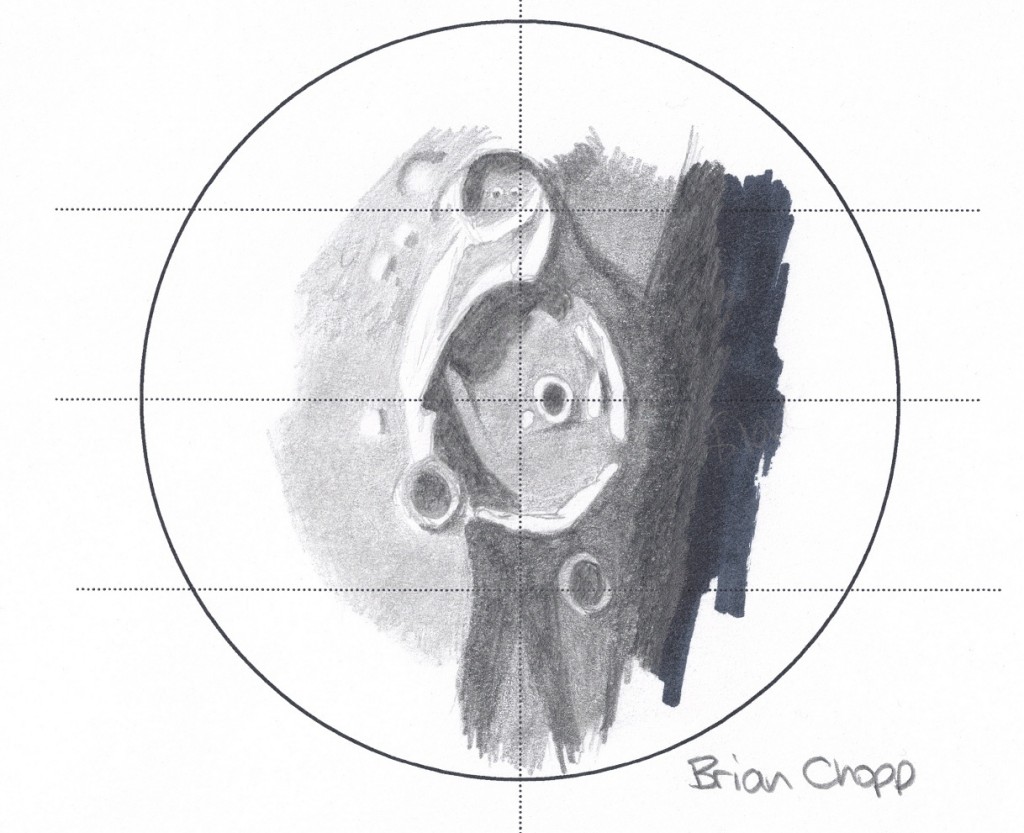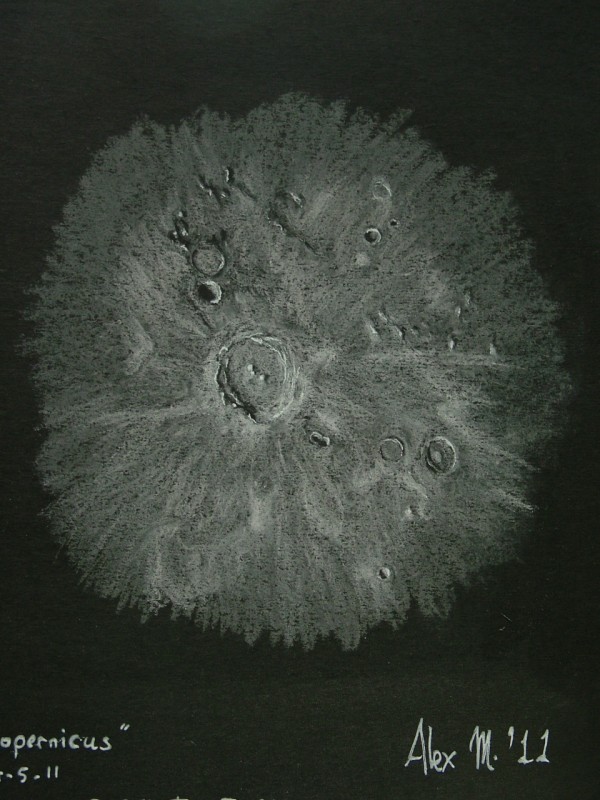
Among the large craters of the lunar southern highlands, a nearly 4 billion year old impact stood out on this evening just after local sunset. This crater is 231 km.diameter Clavius. Clavius is blanketed with a sizable number of craters and numerous craterlets. At the center of this large crater are the reduced remains of the once regal central peaks. The atmosphere was not steady enough to pick out cratelets less than 3 km. never the less, the view was pleasing. Crater Clavius is famous for its semicircular crater sequence of decreasing size beginning with 56 km. Rutherfurd at the inner southeastern wall and continuing with 28 km. D, 21 km. C, 13 km N, 12 km J and 7.5 km JA. The north-northeastern rim of Clavius has a large crater resting upon it and most of its rim is just catching the light of sunrise. This 52 km. diameter crater is Porter. Much of the floor of crater Clavius remains smooth which implies the flow of melted rock in the past. Some geologists speculate it is from some of the ejecta cast outward during the formation of the Orientale basin. Some small secondary crater chains point back in that direction.
Sketching:
For this sketch I used: Canson sketching paper , 9”x12”, white and black Conte’ pastel pencils and blending stumps. Brightness was adjusted after scanning.
Telescope: 10 inch f/ 5.7 Dobsonian and 6 mm eyepiece 241x
Date: 7-10-2011 01:15-03:00 UT
Temperature: 27°C (80°F)
Partly to mostly cloudy, breezy
Seeing: Antoniadi III-IV
Co longitude: 21.4°
Lunation: 8.69 days
Illumination: 70.1 %
Frank McCabe
